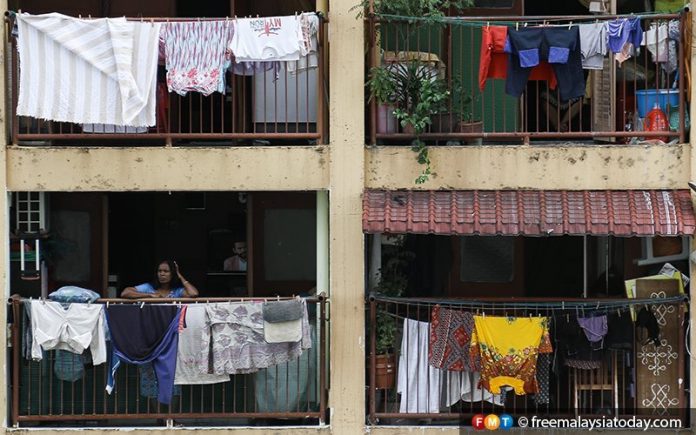
PETALING JAYA: A research paper has found that while the health of Malaysians has improved as a whole over the last 20 years, these gains have not been distributed evenly, with lower income groups and areas seeing slower improvements and. in some instances, deterioration.
Khazanah Research Institute’s (KRI) “The State of Households 2020” paper, titled “Social Inequalities and Health in Malaysia”, compiled data on life expectancies and health problems among different demographics and looked into the causes of the discrepancies.
The paper, the third in the series, found that residents in states with a lower gross domestic product (GDP) per capita than the national average typically died earlier, with people living in Terengganu and Perlis living 2.6 and 2.8 years less than the average Malaysian.
This is despite Malaysians now living longer compared to 1990 which, the paper said, displays underlying inequities in access to healthcare and exposure to health hazards.
It also found that health problems like diabetes, hypertension and high cholesterol were more prevalent among lower income individuals.
Nazihah Muhamad Noor, who co-authored the paper, said working conditions were the largest determinant of these discrepancies as those working in low-paying jobs lacked the funds to access quality healthcare or private insurance and might not be covered by their employers.
In addition to low-wage workers being more exposed to physical injuries due to the typically labour intensive nature of such jobs, they are more likely to be in contact with chemicals like asbestos and pesticides linked to increased disease risk.
The group was also most likely to be exposed to second-hand smoke at work.
“There are also psychosocial hazards, which are things that cause you a lot of stress like low control over workload, a hectic schedule and low participation in the decision-making process,” she said.
These have been found to increase the risk of developing physical health conditions, and illustrated by those in the B40 being the least likely to drink, but recording the highest incidence of binge drinking.
The paper also found that while Malaysia’s life expectancy has improved since 1990, the increase of 3.1 years was behind the strides seen around the world, with the nation’s growth lagging behind the world and regional average.
It also emphasised the need to close the gap between real life expectancy and “healthy life expectancy” – the period of life where one is not unduly burdened by injury or illness – so that the aging population is not spending long periods of time in poor health.
KRI chairman Nor Mohamed Yakcob recommended a new approach to public health that reflects the need for multiple government agencies to work in concert to achieve positive health outcomes.
“(Health) is influenced by multiple factors that are tied closely to a person’s background and social environment including income, housing conditions, employment conditions, as well as a person’s habits and daily practices.
“Hence, consolidation of government policies in all levels of government is vital in closing the health gap,” he said.
He said broader social protections must be offered so people can achieve a decent standard of life “from conception up until their final days”.
This would encompass a greater emphasis on maternal care, improved consideration of the needs of youths, greater assistance for working age adults and retirement schemes to improve the comfort of the elderly.



